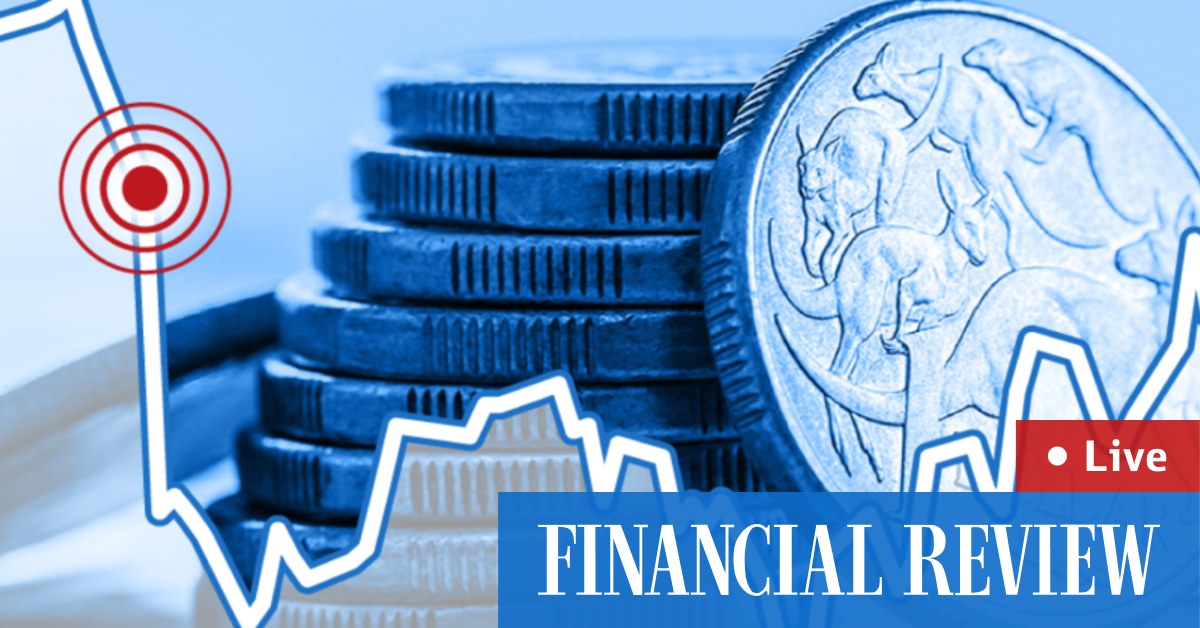The Australian dollar returned to the black on Wednesday, but was still nursing hefty losses from its 1.5 per cent slide overnight. It took a beating after the Reserve Bank opened the door to a slower pace of interest rate increases at its policy meeting. It stood at US69.20¢ in afternoon trading.
Australian government bond yields regained some ground, tracking higher US rates after hawkish comments from several Federal Reserve officials, in contrast to the RBA’s more cautious approach.
The RBA raised interest rates by 0.5 percentage points to 1.85 per cent on Tuesday, saying future tightening would depend on data and the environment.
Investors trimmed their RBA cash rate outlook with interbank futures are fully priced for a 0.25 percentage point lift in the cash rate in September. They imply the cash rate at 2.9 per cent by Christmas with a peak expected in March at 3.3 per cent.
“We expect the RBA to hike to a terminal rate of 3.35 per cent to contain the upside risks to inflation – but we have slightly lowered the subjective probability of 50bp hikes in each of September (60 per cent) and October (55 per cent) alongside the incrementally cautious tone of today’s statement,” said Andrew Boak, chief economist for Australia and NZ at Goldman Sachs.
Three-year government bond yields edged up to 2.8 per cent, from a low of 2.7 per cent on Tuesday, but were still well under a peak of 3.8 per cent in mid-June. Likewise, the 10-year yield nudged up to 3.1 per cent, but away from above 4 per cent as recently as mid-June.
Australian retail sales volumes topped forecasts in the June quarter, as consumer demand proved resilient despite soaring inflation.
Retail sales in April-June rose an inflation-adjusted 1.4 per cent from the previous quarter, beating market forecasts of a 1.2 per cent gain, the Australian Bureau of Statistics said on Wednesday.
Yet, Tapas Strickland, director of the economics and markets team at NAB, warned of emerging signs of moderation in food and household goods, probably related to steeper prices and already elevated spending, rather than the impact of higher rates.
“Volumes should moderate in the quarters ahead given recent interest rate increases, an erosion of real incomes due to higher prices and some associated reductions in discretionary spending,” he said. “The question will be to what extent will some categories of services spending hold up more.”
The consumer discretionary sector led the losses on the ASX, down 1.5 per cent with Domino’s Pizza down 3.6 per cent to $71,215. Star Entertainment shed 2.8 per cent to $3,005, Aristocrat eased 2 per cent to $$34,615 and JB Hi-Fi dropped 1.58 per cent to $42.92.
